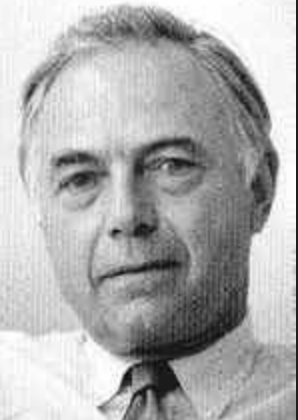On this date in 1915, American architect Harry Mohr Weese was born in Evanston, Ill. While studying architecture at the Massachusetts Institute of Technology and Yale University, Weese toured Northern Europe, gaining an appreciation for functional, inexpensive modernist architecture and a disdain for the lavish historical revivals in pre-war architecture. After graduating from MIT in 1938, Weese began a fellowship in city planning at the Cranbrook Academy of Art in Bloomfield Hills, Mich.
Weese studied city planning, pottery and textiles alongside other Modernist designers such as Ralph Rapson, Charles Eames and Florence Knoll. After graduating from Cranbrook in 1940, Weese and classmate Benjamin Baldwin started their own architectural firm in Chicago. Soon after, Weese enlisted in the United States Navy as an engineering officer, returning to Chicago in 1945 after the conclusion of World War II.
The Art Institute of Chicago notes that “throughout his career, Weese was an outspoken advocate for architecture and planning that embraced the social, political, and economic realities of contemporary urban life.” Weese’s most notable buildings and designs include the Washington, D.C., metro system, the American Embassy in Ghana, the Time-Life Building in Chicago and the Humanities Building and Chazen Museum of Art at the University of Wisconsin-Madison, where FFRF is headquartered.
Weese has also designed over 80 single-family homes and residential buildings around North America and led numerous restoration projects, including Chicago’s Orchestra Hall and Union Station in Washington.
He married Kate “Kitty” Baldwin, the sister of his professional partner, in 1945. They had had four daughters, Sheila, Shirley, Marcia and Kate. Sheila, the eldest, was born with Down syndrome and was institutionalized very early. Weese’s last years were marred by severe alcohol addiction and a series of strokes. (D. 1998)


